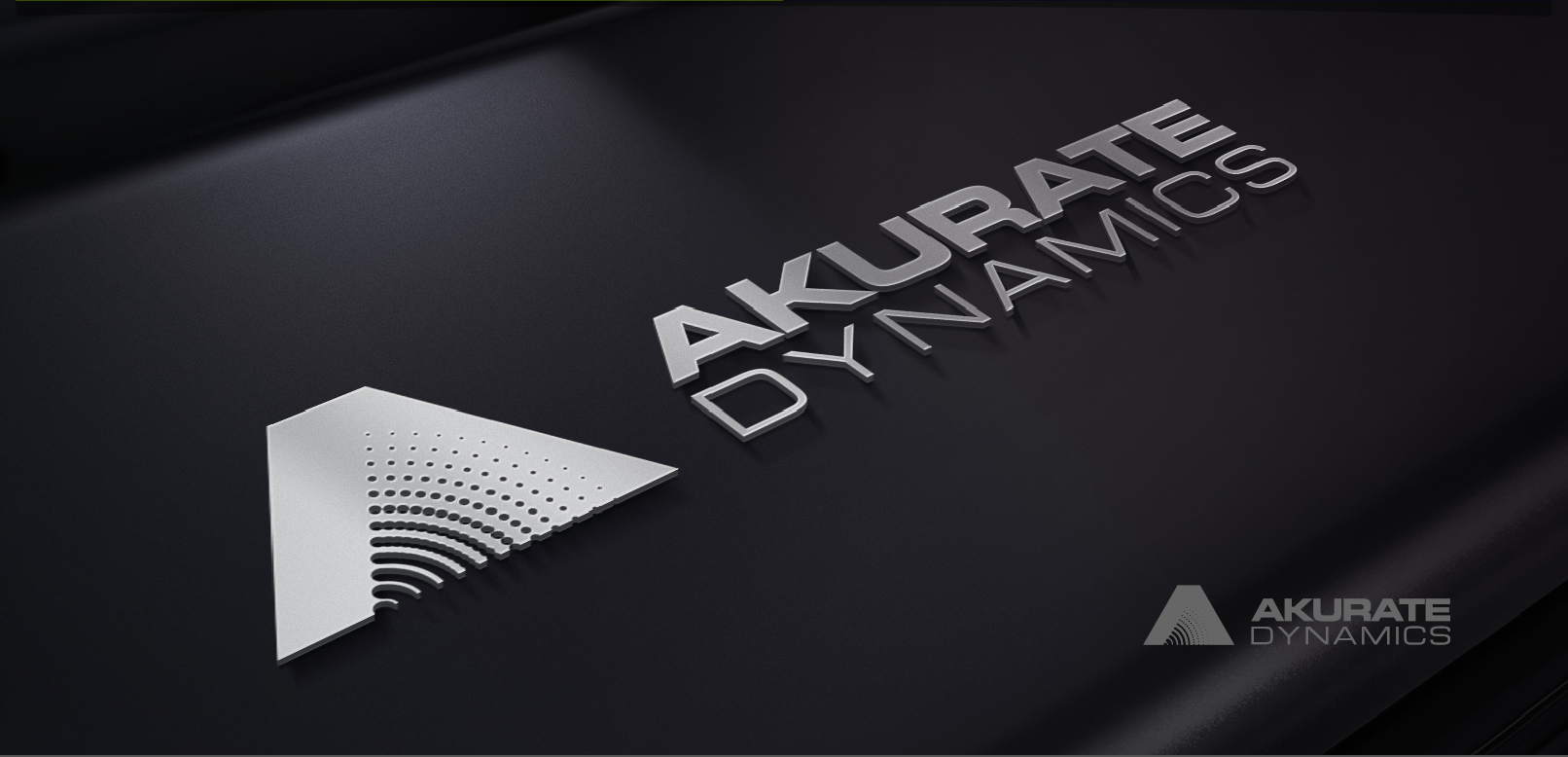One of the most exciting and accessible innovations in the spray foam industry over recent years has been the development of internally heated hoses. This technology came with some impressive new advancements and benefits to the contractor.
External Heat Must Overcome Insulation
The hose itself functions as an insulator. This is true for both internally and externally heated hoses. It resists the transfer of heat coming into or leaving the chemical through the hose wall. For externally heated hoses, this is a constant battle. Your heating element must push the energy through the insulating hose wall to get to the chemical. This causes a couple different issues.
First, you’re constantly fighting the insulating properties of the hose wall, your heat transfer becomes incredibly inefficient, and you use much more energy than necessary to heat the chemical itself. Second, your heating element needs to stay much hotter than your chemical setpoint, oftentimes much hotter than what the hose temperature is actually rated for.
This can cause the plastic in your hose to deteriorate prematurely, drastically reducing the functional life of your hose.
Internal Heat Works With Insulation, Not Against It
Internally heated hoses take the insulating properties of the hose wall and use them to their advantage. Since the chemical itself is heated, the insulating hose wall now works to keep the heat and energy inside. This draws less power to create the same change in chemical temperature and can add valuable time to the life of your hose.
Matching Viscosities and Increasing Yield
Internally heated hoses must control Iso and Resin heat independently. Since the viscosities of these two chemicals never match when they are at the same temperature, you must be able to heat them separately to truly match their pressures. As we all know, matched pressures mean a better reaction and higher yields. Currently, there are no externally heated hoses on the market that can individually control Iso and resin temperatures.
Heats Dramatically Faster
Since internally heated hoses use a heat-trace wire that comes in direct contact with the chemical in the hose, chemical heats at a much faster rate. This can really cut down warm-up time while recirculating chemical on cold mornings or will minimize downtime after the hose has been sitting on the frozen ground in winter.
Lighter Weight
The most immediately apparent difference between an internally heated and externally heated hose is the weight difference. Internally heated hoses use a single heat-trace wire running inside the length of the hose, while externally heated hoses have a copper heating element surrounding the outside of both hoses. Copper is much denser and heavier than heat-trace wire. Multiply the weight of the copper heating element over 200’ versus heat-trace wire over 200’ and you’ll find the internally heated hose significantly lighter.
Our Deltalite Smart Hose will adapt to most standard equipment. Experience the Akurate Advantage. We’re driving innovation and empowering our contractors and our industry. Contact us today!


Comments